LG G7 ThinQ vs LG G6
Does LG's latest ThinQ different?
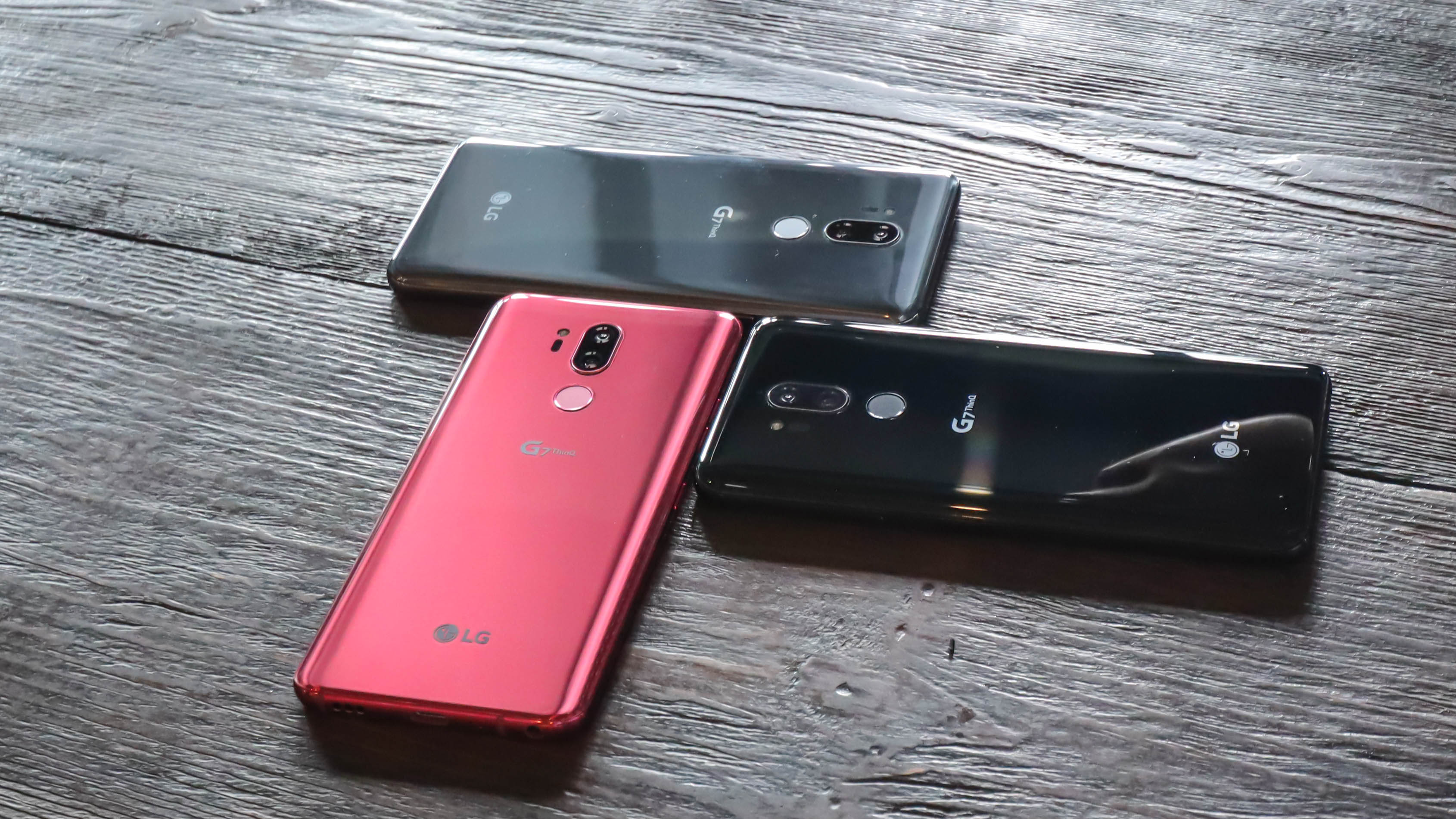
Following hot on the heels of the Samsung Galaxy S9, Sony Xperia XZ2 and Huawei P20, the LG G7 ThinQ has now been announced, packing the expected assortment of flagship specs along with a few of its own standout features.
But just how well will it stand out from the last phone in the range, the LG G6? To help answer that question we’ve compared the two handsets across all the key categories, from the design and screen, to their power, camera and battery.
So read on below to see what’s new and different in the LG G7 ThinQ and what’s stayed the same.
Watch our hands on LG G7 ThinQ video below to see the phone in action
LG G7 ThinQ vs LG G6 design
The LG G7 ThinQ sports a metal frame and a slightly curved glass back in New Platinum Grey, New Aurora Black, New Moroccan Blue or Raspberry Rose colors.

It’s IP68 certified (meaning it’s dust-proof and water-resistant to a depth of 1.5 meters for up to 30 minutes) and it sports tough Gorilla Glass 5 on both the front and back, allowing it to meet MIL-STD 810G military standards, so it’s more likely to survive a drop than some phones.
The LG G6 has a similar look, with a slightly curved glass back, a metal frame and both IP68 and MIL-STD-810G certification.
Get daily insight, inspiration and deals in your inbox
Sign up for breaking news, reviews, opinion, top tech deals, and more.
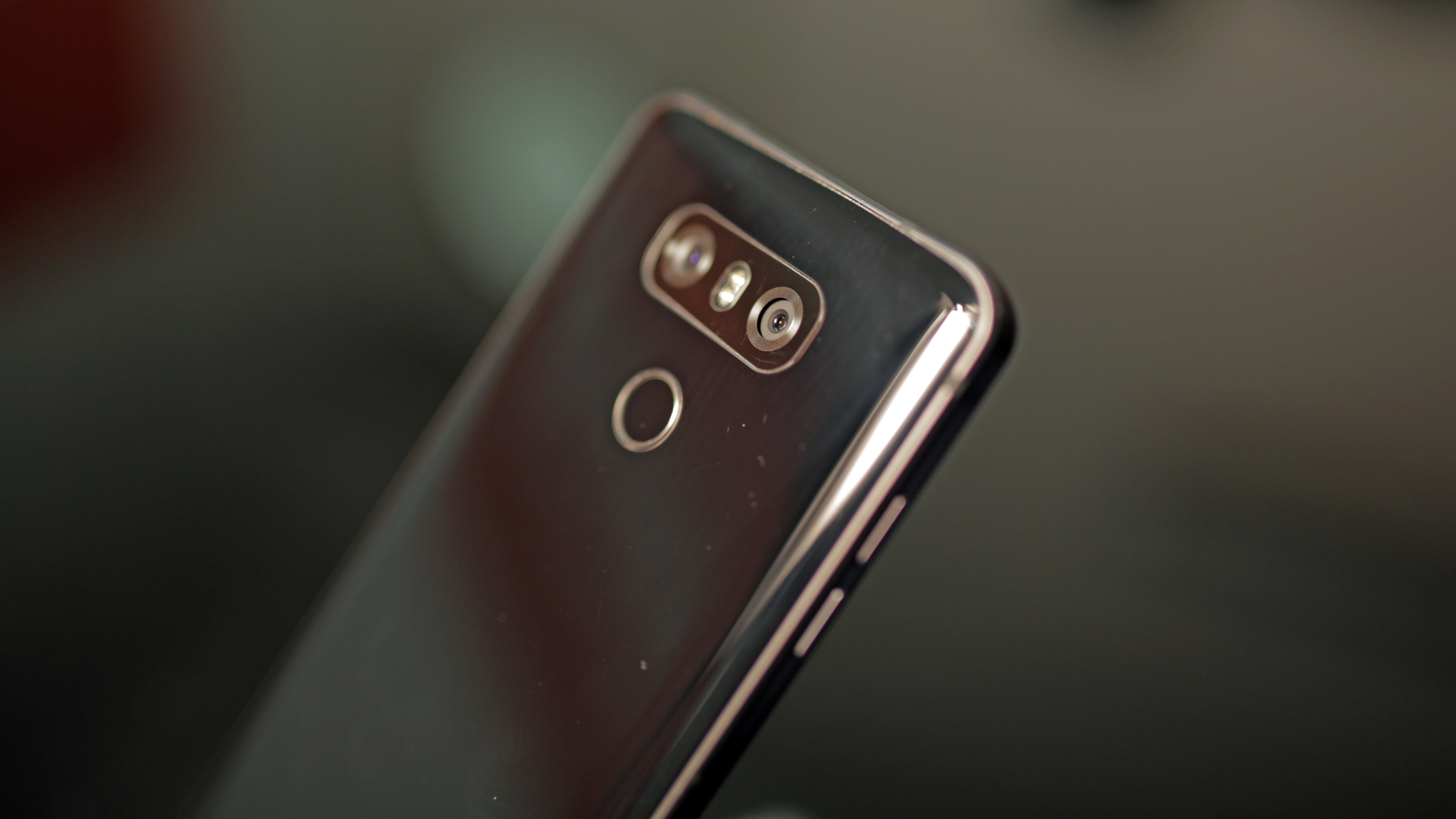
The bottom edge of both sports a single speaker, though there’s more going on with the G7 ThinQ’s, as it’s a ‘Boombox’ speaker, which uses the inside of the phone as a resonance chamber to boost the bass.
The main design differences are the screen (which we’ll come to below) and the orientation of the dual-lens rear camera, which is horizontal on the G6 and vertical on the G7 ThinQ.
The weight and dimensions also differ a bit, with the LG G7 ThinQ coming in at 153.2 x 71.9 x 7.9mm and 162g, while the LG G6 is marginally less tall at 148.9 x 71.9 x 7.9mm and 163g. Overall though these are very similar looking phones.
LG G7 ThinQ vs LG G6 display
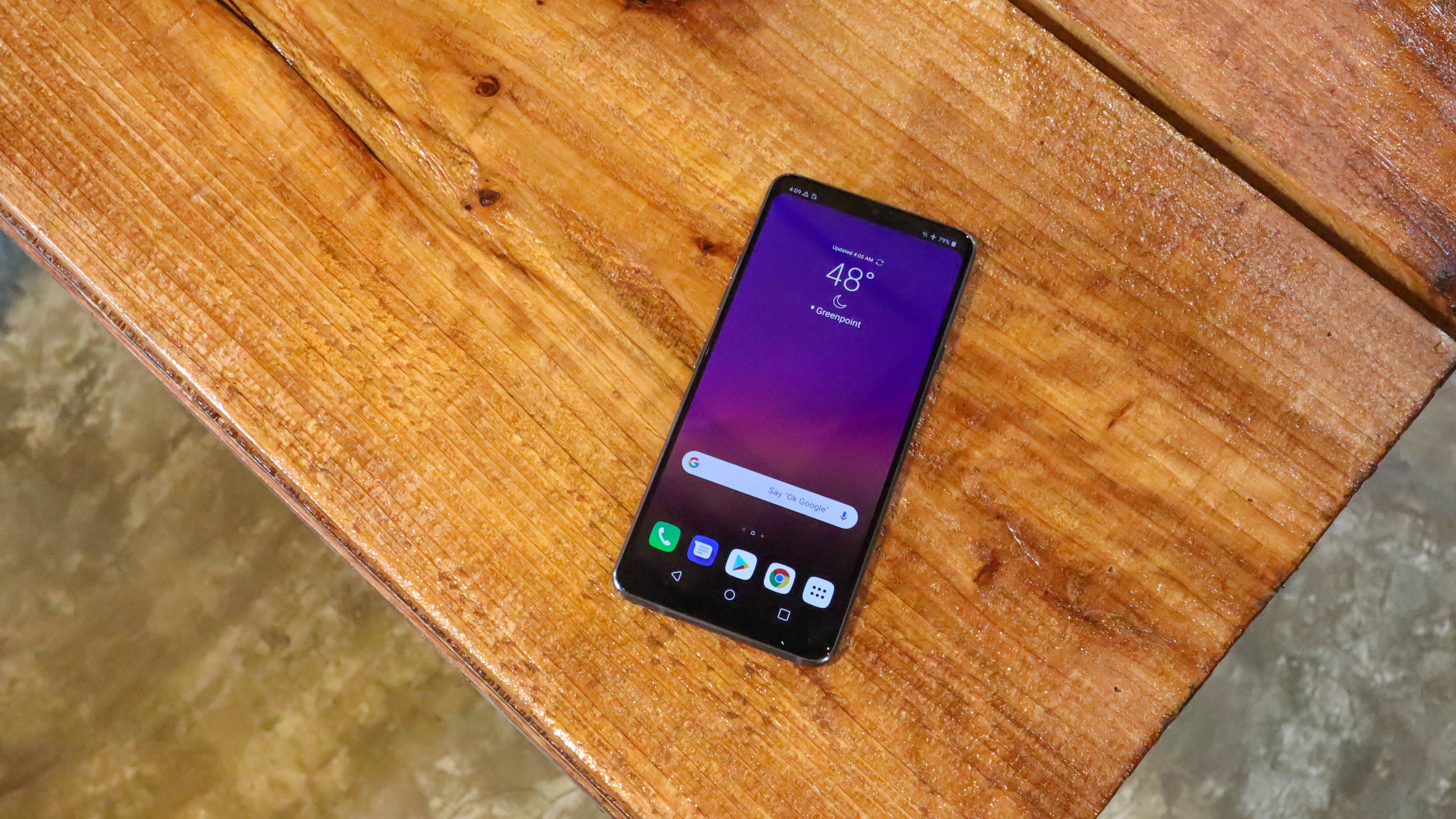
There’s a 6.1-inch 1440 x 3120 LCD screen on the LG G7 ThinQ, with a pixel density of 564 pixels per inch. It sports an extra-tall 19.5:9 aspect ratio and can reach 1,000 nits of brightness for clear daylight visibility.
The LG G6 on the other hand has a 5.7-inch 1440 x 2880 LCD display with the same pixel density and a similar aspect ratio of 18:9, so one of the main differences is that the G6’s screen is smaller, though it also can’t go as bright as the G7 ThinQ’s screen.
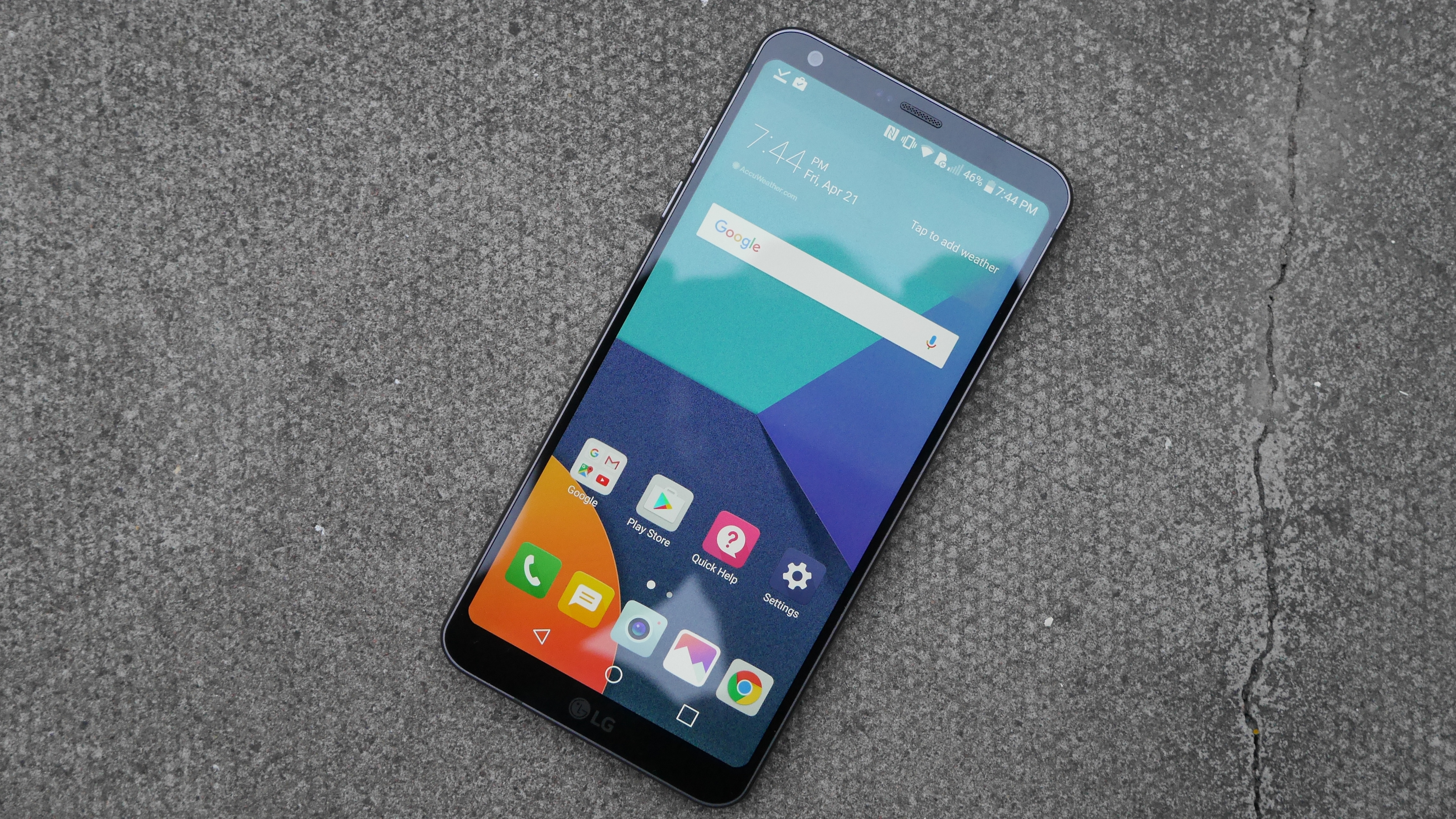
Another big difference is that the LG G7 ThinQ has a notch, while the LG G6 doesn’t, though you can optionally hide the notch on the G7 ThinQ by blacking out the sides.
There’s less wasted space around the screen on the LG G7 ThinQ too, as not only does it have a notch, but the bottom bezel is almost 50% slimmer than on the chin-endowed LG G6.
LG G7 ThinQ vs LG G6 OS and power
The LG G7 ThinQ launches with Android 8 Oreo, as you’d expect, while the LG G6 is still running Android 7 Nougat (though the update is said to be coming this week), so the new phone is more up to date and is likely to get software updates for longer.
The actual interface is similar on both but with one key difference, as the LG G7 ThinQ has a dedicated Google Assistant button, giving you a quick way to access it.
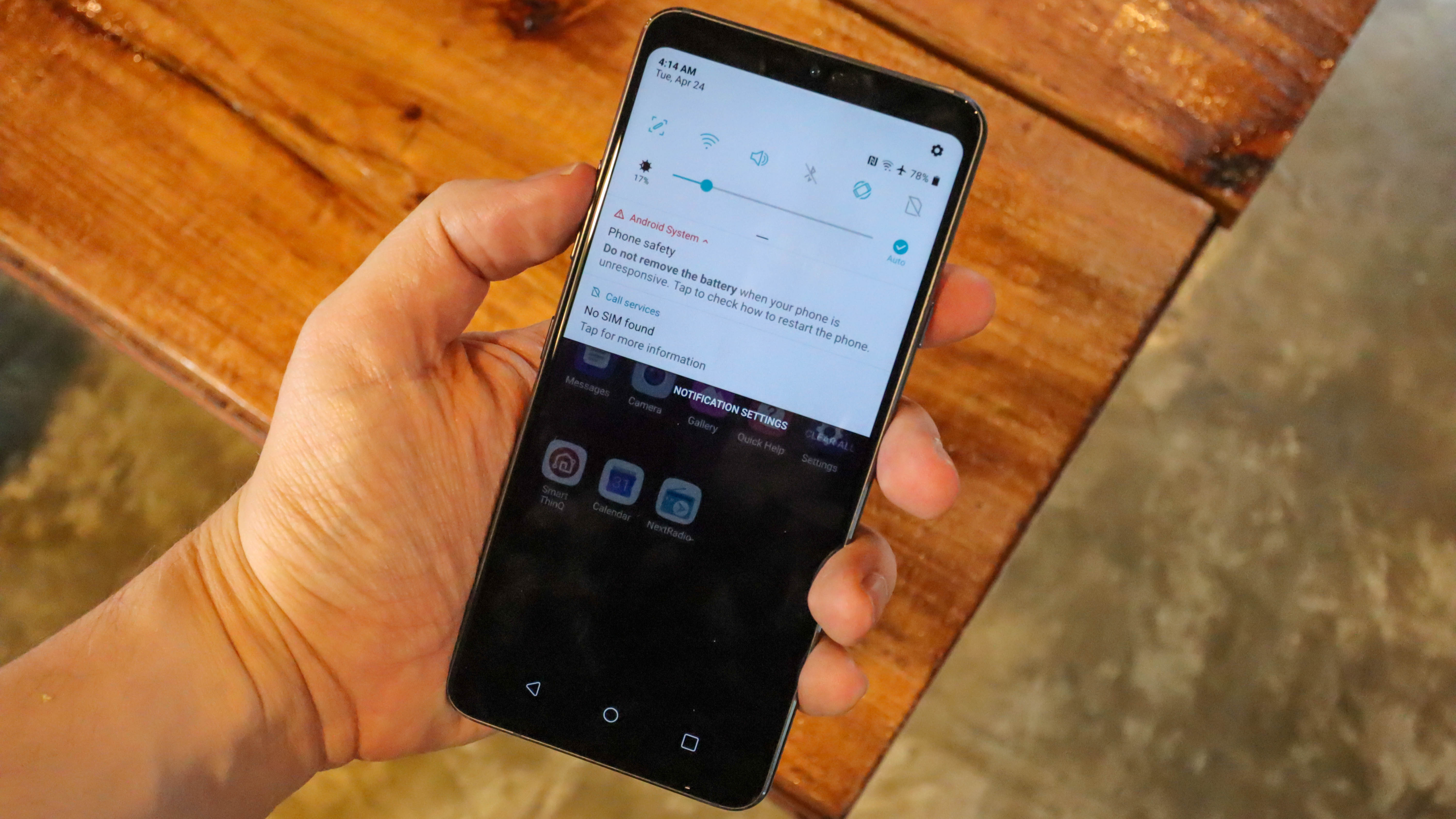
As for power, the G7 ThinQ has an octa-core Snapdragon 845 chipset, which is the same one as you’ll find in a number of other recent flagships, such as the Sony Xperia XZ2. It also has 4GB of RAM and 64GB of storage, though some regions will be getting a model that has 6GB of RAM and 128GB of storage.
Either way, it’s an upgrade on the LG G6, which has 4GB of RAM, 32GB of storage and a quad-core Snapdragon 821 chipset, which wasn’t even the best Snapdragon chip available when it launched and is now quite dated, though still comfortably mid-range.
LG G7 ThinQ vs LG G6 camera and battery
Another thing that’s been upgraded, at least on paper, is the camera, as the LG G7 ThinQ has a dual-lens rear snapper, made up of a 16MP f/1.9 wide-angle lens and a 16MP f/1.6 standard lens.
It uses AI scene recognition to work out what you’re shooting and attempt to optimize the camera settings, and it has a Super Bright mode, allowing you to get four times the brightness in shots that are a quarter the usual resolution. There’s also an 8MP camera on the front.

The LG G6 meanwhile also has a dual-lens rear camera, but it has a pair of 13MP ones – a wide-angle f/2.4 one and a standard f/1.8 one. It also lacks the AI skills and Super Bright mode of the LG G7 ThinQ, while its front-facing camera is a lower spec 5MP one.
As for the battery, the LG G7 ThinQ has a 3,000mAh one while the LG G6 actually has a larger 3,300mAh one. Coupled with the G6’s smaller screen that could mean the older phone lasts longer, though in our review we found its life was simply average. We’ll let you know how the G7 ThinQ holds up when we’ve spent more time with it.
Takeaway
On paper the LG G7 ThinQ looks to be a fairly modest upgrade from the LG G6, thanks to a similar design, a larger and brighter but otherwise similar screen, the same number of camera lenses and a battery that’s actually smaller.
But the camera looks like it may well have had a specs upgrade – we’ll let you know how well it pans out in our full review, and the LG G7 ThinQ is more powerful, as well as packing a likely superior speaker.
How tempting it proves to be might come down to price, which is something that hasn’t been revealed at the time of writing, but if you were hoping for big changes the G7 ThinQ might not be the phone for you.
James is a freelance phones, tablets and wearables writer and sub-editor at TechRadar. He has a love for everything ‘smart’, from watches to lights, and can often be found arguing with AI assistants or drowning in the latest apps. James also contributes to 3G.co.uk, 4G.co.uk and 5G.co.uk and has written for T3, Digital Camera World, Clarity Media and others, with work on the web, in print and on TV.